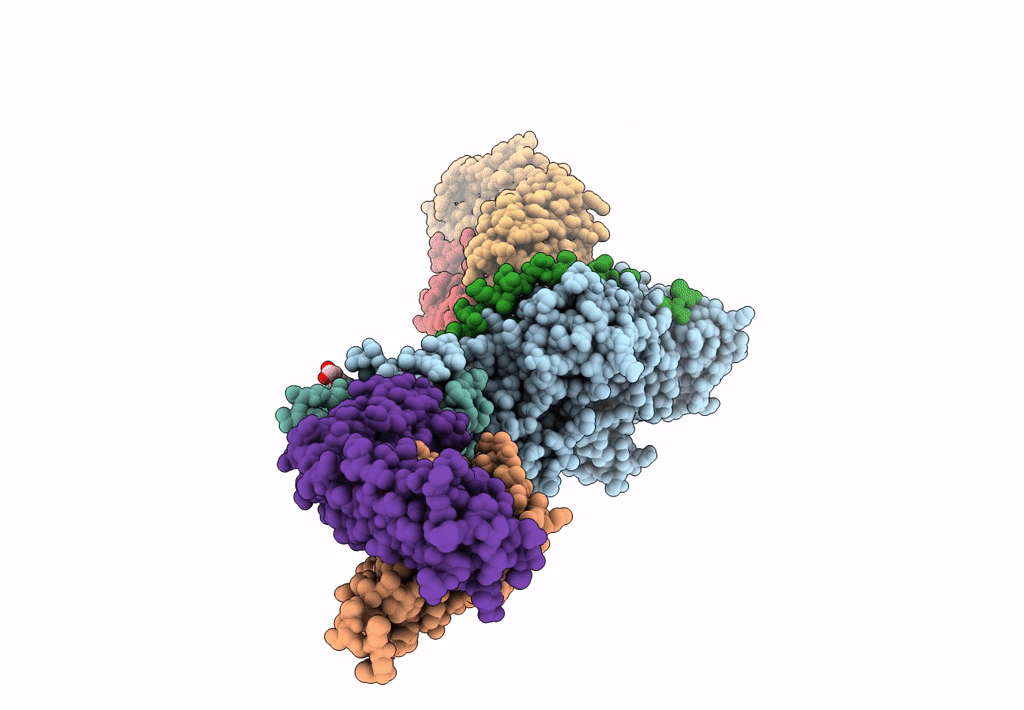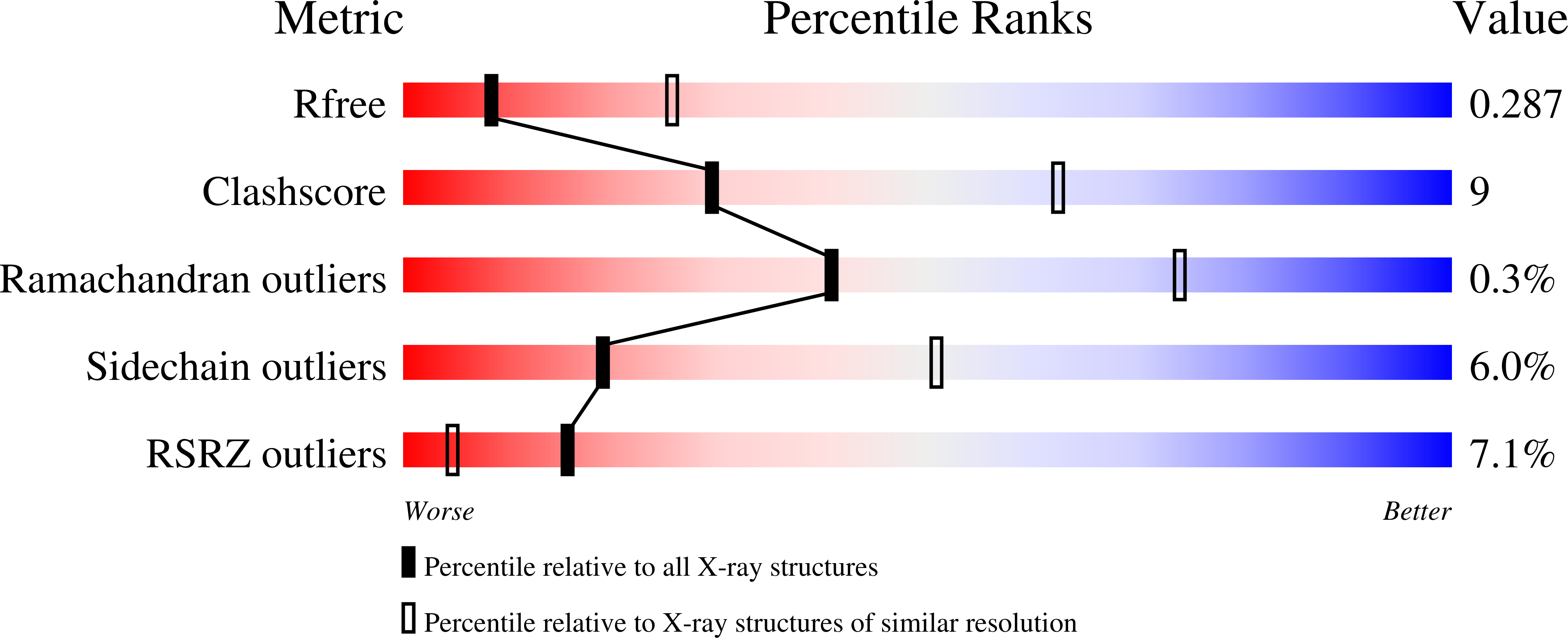
Deposition Date
2021-09-02
Release Date
2022-11-09
Last Version Date
2023-10-18
Entry Detail
PDB ID:
7S1B
Keywords:
Title:
Crystal structure of Epstein-Barr virus glycoproteins gH/gL/gp42-peptide in complex with human neutralizing antibodies 769C2 and 770F7
Biological Source:
Source Organism:
Human gammaherpesvirus 4 (Taxon ID: 10376)
Homo sapiens (Taxon ID: 9606)
Homo sapiens (Taxon ID: 9606)
Host Organism:
Method Details:
Experimental Method:
Resolution:
3.03 Å
R-Value Free:
0.28
R-Value Work:
0.24
R-Value Observed:
0.24
Space Group:
P 1 21 1


